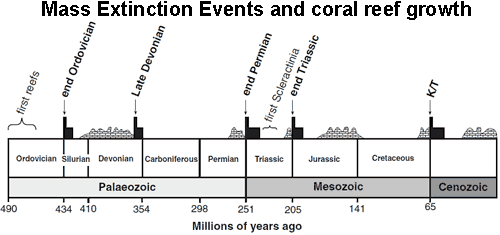RollingThunder
Gold Member
- Mar 22, 2010
- 4,818
- 522
- 155
More research has come out highlighting the dangers of global warming's evil twin, ocean acidification. The health of the oceans is at severe risk from pollution and overfishing already so the damage from the accumulating acidification threatens the whole marine ecology which in turn threatens a significant part of mankind's food sources.
Oceans have acidified more in the last 200 years than they did in the previous 21,000 years
Daily Mail
23rd January 2012
(excerpts)
Man-made carbon emissions have acidified the world's oceans far beyond their natural levels, new research suggests. In some regions, acidity levels rose faster in the last two centuries than it did in the previous 21,000 years, a study from the University of Hawaii has shown. Ocean acidity makes it harder for organisms such as molluscs and coral to construct the protective layers they need to survive.'
Oceans have acidified more in the last 200 years than they did in the previous 21,000 years
Daily Mail
23rd January 2012
(excerpts)
Man-made carbon emissions have acidified the world's oceans far beyond their natural levels, new research suggests. In some regions, acidity levels rose faster in the last two centuries than it did in the previous 21,000 years, a study from the University of Hawaii has shown. Ocean acidity makes it harder for organisms such as molluscs and coral to construct the protective layers they need to survive.'







